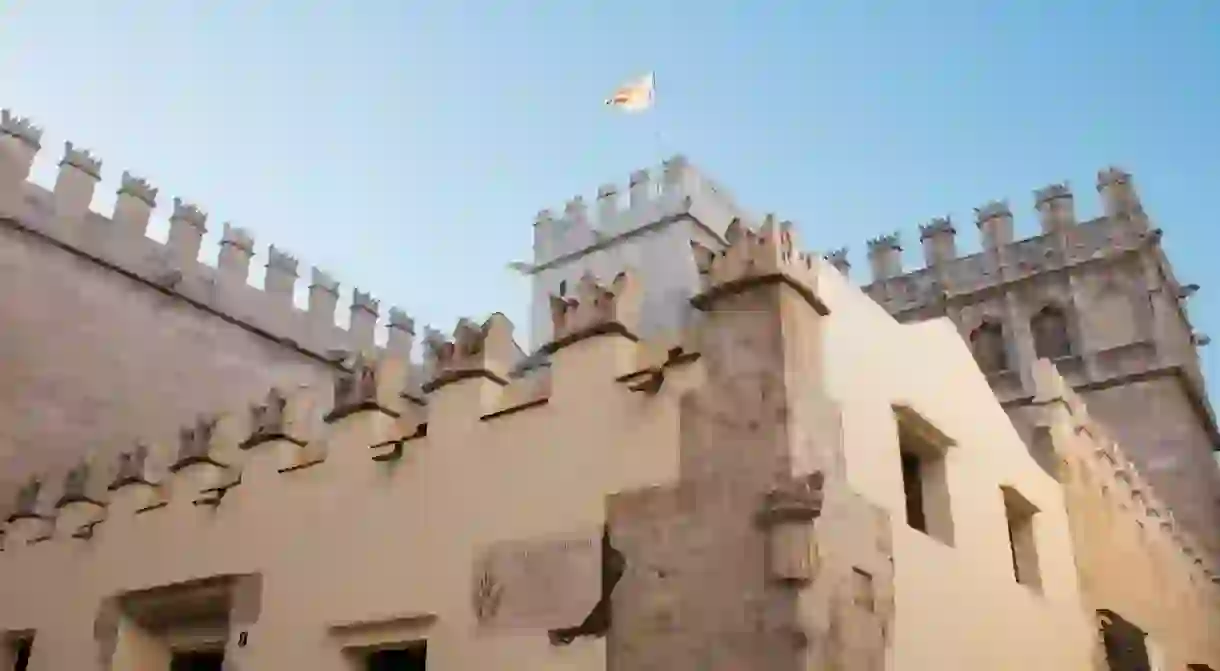Top 10 Things to See and Do in Valencia's Historic Centre

The easily walkable historic centre of Valencia is without a doubt the most charming part of the city and holds most of its main tourist attractions. Made up of five neighbourhoods in the Ciutat Vella (Old Town), formerly a walled city from Roman times, it’s perfect for wandering the cobbled streets and soaking up Valencia’s lively atmosphere. Discover the best the city has to offer with these unmissable things to see and do.
The cathedral
Cathedral, Building

Plaza de la Reina
Building

The Quart and Serranos towers
These two sets of landmark city gate towers are remnants of the ancient walled city of Valencia. They were two of many parts of the walls fortifications, protecting the city from intruders. The towers have stood alone since the walls and other gates were demolished at the end of the 19th century to make way for the city’s rapid expansion. Today you can walk up and explore both towers, and enjoy the great views from the top.

La Llotja de la Seda
The grandiose Silk Market building was designed to show off Valencia’s medieval riches, with its elaborate stone carvings including some ferocious and spectacularly ugly gargoyles. It’s now a UNESCO heritage site. The interior, with its soaring columns, is not to be missed.

Jaser Cervantes / © Culture Trip
La Rotonda
Building

The Marqués de Dos Aguas Palace
One of the great things about visiting Valencia is how you can be walking casually down a seemingly average city street, and then unexpectedly come across a breathtakingly grand palace. This one in particular, built in 1740 by an aristocratic family, is famous for its stunning façade. The palace has been home to the Ceramics Museum since 1954, where you can see an impressive ceramics collection donated by Manuel González Martí.

The central market
This modernist market building is decorated with Valencia’s trademark colourful tiles, and contains over 1,000 market stalls selling everything from oranges to jamón and local wines. The building dates from 1914 but was recently refurbished. A stroll around here to sample produce or grab picnic supplies is definitely
one of the top food experiences in Valencia, and a great way to experience local life. Across the road from La Lonja de la Seda.

Jaser Cervantes / © Culture Trip
Colón market
Bazaar, Market

Valencia Institute of Modern Art (IVAM)
Valencia town hall
One of the city’s most important buildings and landmarks for both visitors and locals is the ayuntamiento de Valencia, or Valencia town hall, sitting on a square of the same name close to the train station. This impressive mostly 18th-century building boasts a clock tower, an elegant marble staircase and a ballroom, as well as its official areas. The City History Museum is also housed here.

Jaser Cervantes / © Culture Trip












